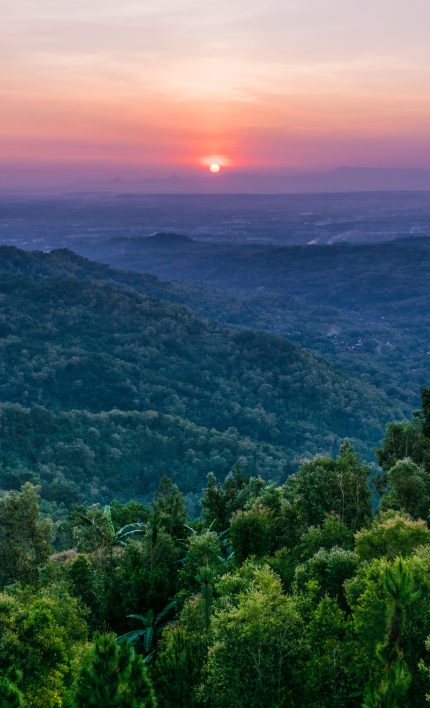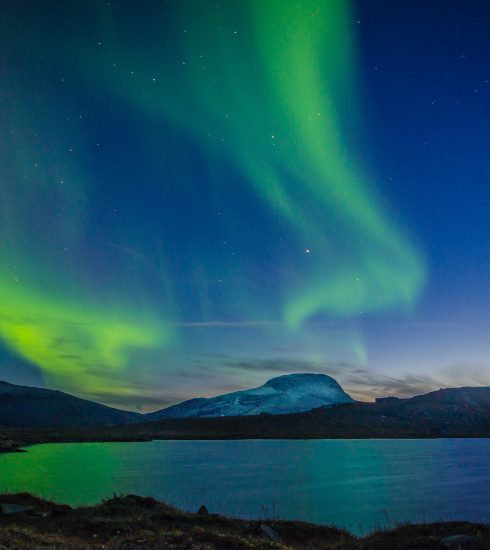Dedicated to Raising Awareness about Global Ecological Collapse
In January, the Bulletin of Atomic Scientists announced that its Doomsday Clock was remaining at an ominous 90 seconds to midnight. The Clock is an annual clarion call for the threats—nuclear weapons, climate change, biosecurity, and disruptive technologies—that, if left unchecked, could destroy humanity. These threats form a combined level of global catastrophic risk, the potential for human death or suffering on a massive scale.
A month earlier, the Global Challenges Foundation, a non-profit organization dedicated to raising awareness about global catastrophic risk, released their seventh annual report on the risk. It pointed to the same threats as the Bulletin and added “ecological collapse” onto the pile for good measure. The World Economic Forum’s annual Global Risk Report also chimed in: More than half of those surveyed believed that the risk of global catastrophe was high or extreme over the next decade.
Despite these warnings, if one were to turn to government officials anywhere in the world and ask for their view of the risk of global catastrophe, the response would be thunderous silence. These worst-case scenarios receive little attention from policymakers because they are out of the realms of imagination and the time frames of politics.
To properly prevent and prepare for the risk, governments must admit there’s a problem. Such an admission can only come with proper effort to assess and monitor global catastrophic risk, develop potential future scenarios, build and analyze intelligence, and invest in scientific and technical expertise.
Until that happens, governments won’t be able to see beyond their current conceptions of what the future might hold. Such tunnel vision could have catastrophic consequences.
A dose of reality. Should global warming reach an extreme level, an engineered virus be released, unleashing a pandemic, or a football-field-sized asteroid hit Earth, millions—even billions—of people could die. A global catastrophe of this order would also severely cripple humanity. Under such scenarios, food, water, energy, economic, governance, and infrastructure systems are unlikely to recover.
Thinking about calamities of this magnitude can be overwhelmingly terrifying. It is easier to turn away, dismissing the risk as too unlikely to care about or too difficult to properly intervene against. Neither, as it happens, is true.
Governments must step in. They have the resources and mandate to act at the scale that global catastrophic risk demands. Policymakers need to prevent and prepare for the risk of a global catastrophe, especially in a manner that reduces the whole risk collectively. Small actions can have great impact,







